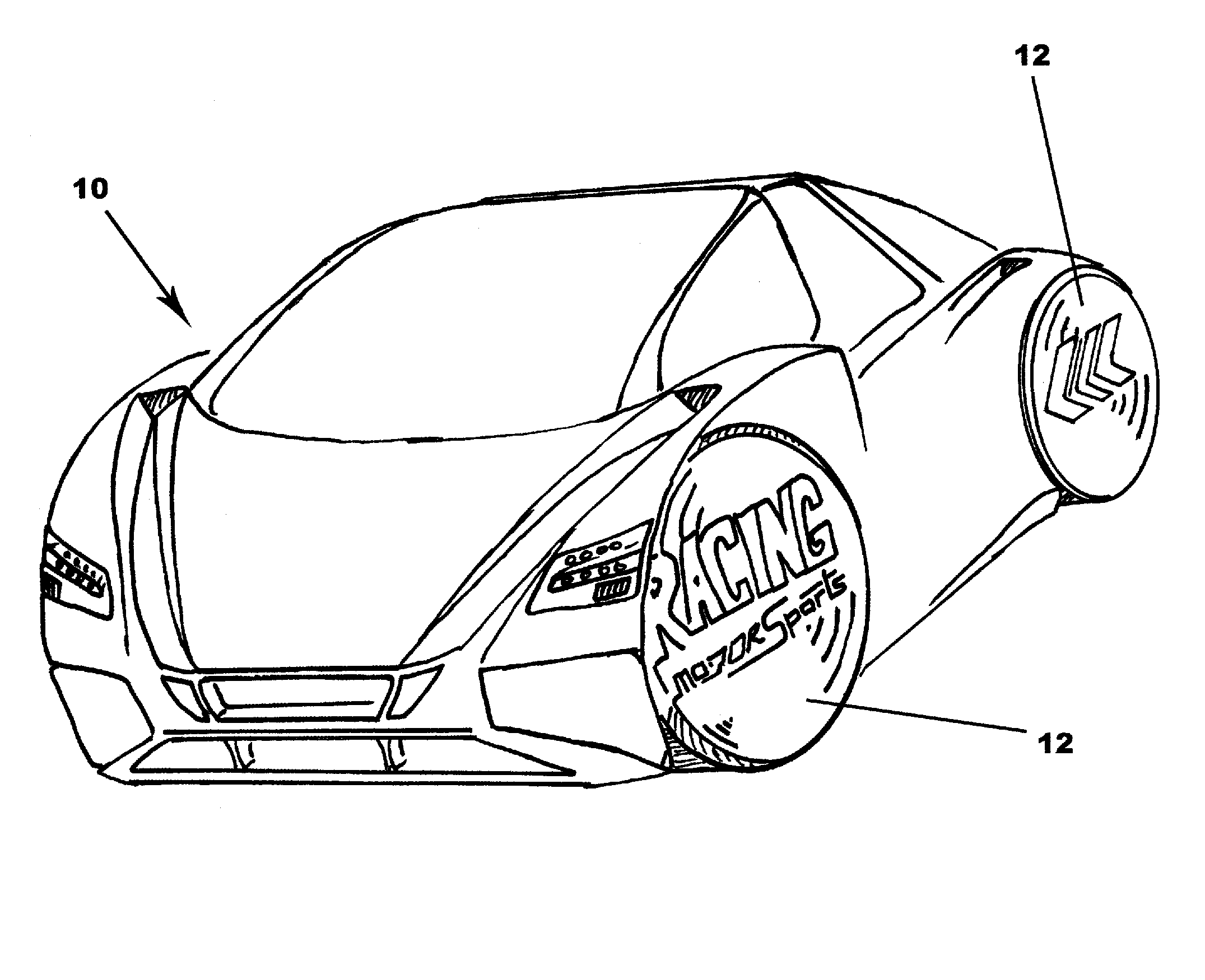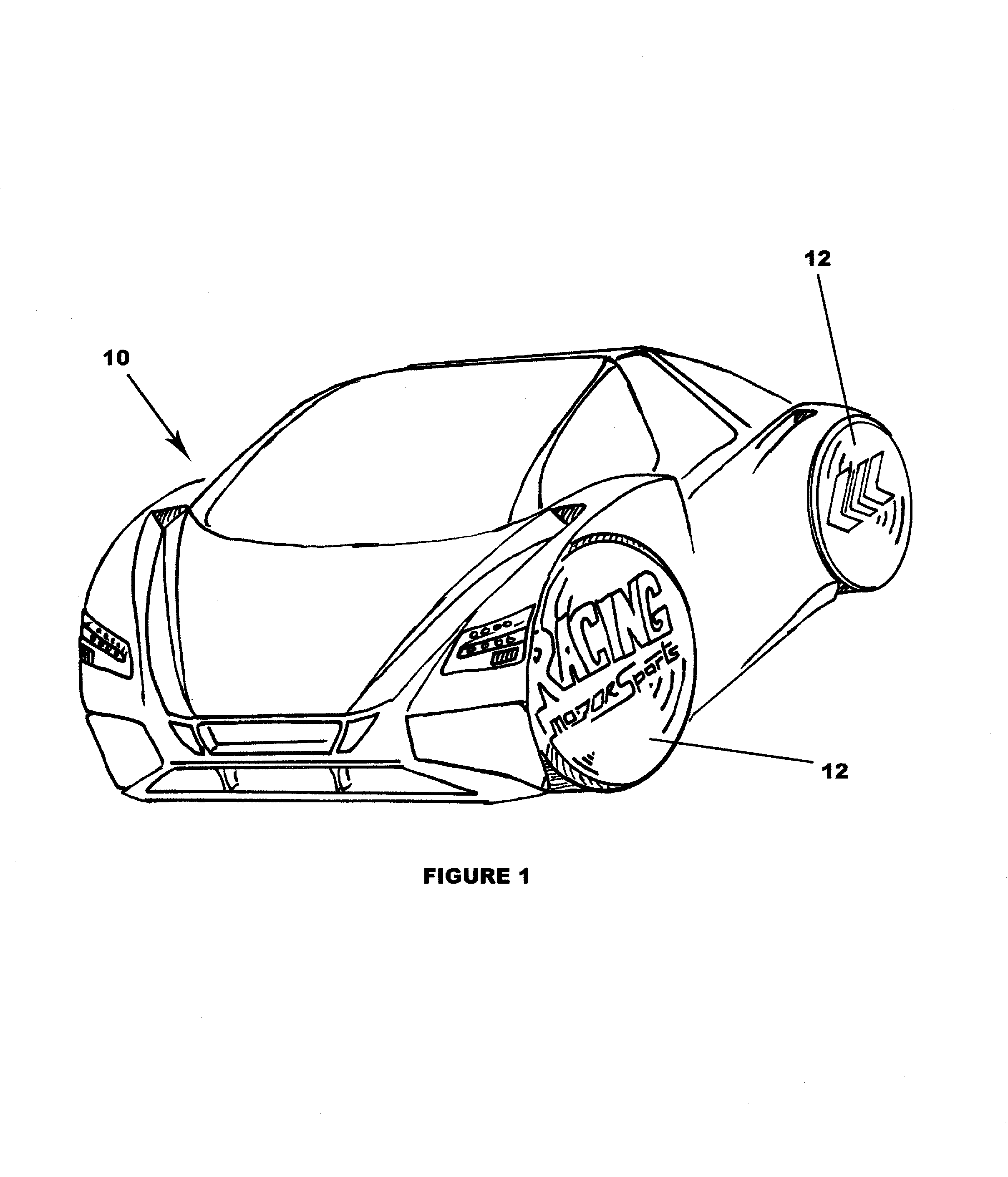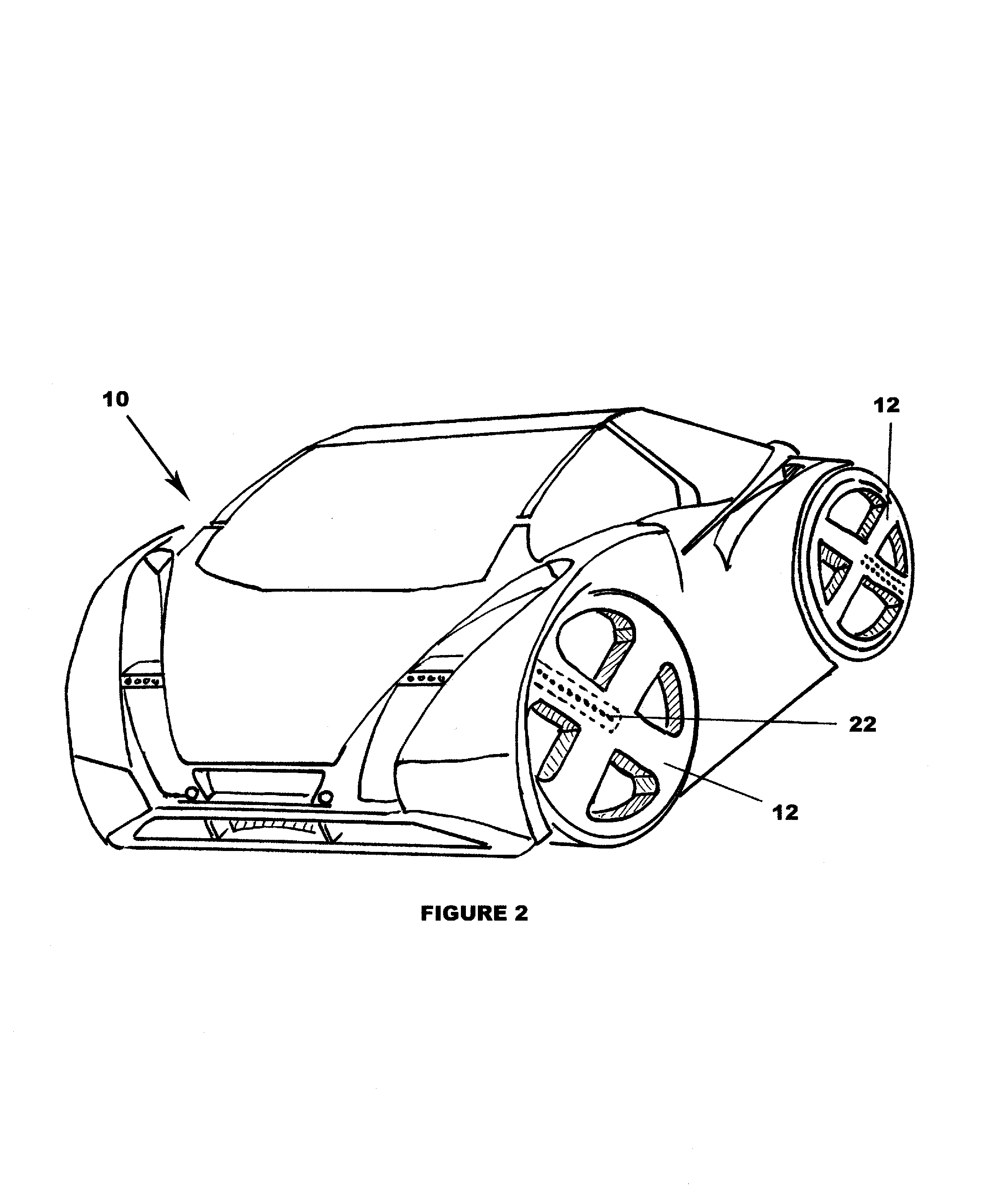Rotational display system
a display system and rotating technology, applied in the field of rotating display systems, can solve the problems of inconvenient mass production, inconvenient operation, and inability to meet the needs of large-scale production, and achieve the effects of high optical quality, low cost, and high quality
- Summary
- Abstract
- Description
- Claims
- Application Information
AI Technical Summary
Benefits of technology
Problems solved by technology
Method used
Image
Examples
Embodiment Construction
[0046]While the present invention is susceptible of embodiment in various forms, there is shown in the drawings and will hereinafter be described a presently preferred embodiment with the understanding that the present disclosure is to be considered an exemplification of the invention and is not intended to limit the invention to the specific embodiments illustrated.
[0047]Referring to FIGS. 1-10, various embodiments of the instant invention are illustrated as being incorporated into the wheels of a motor vehicle 10. In general, the disclosed systems are rotational display systems 12 that display user selectable visual information such as images, text, numbers, symbols, animations, videos and the like upon the wheel of a vehicle during rotation thereof. It is important to note that the component description below is a general way to explain the system and its' basic components. Given modern technology, many or all of the components could be combined or split in many ways and thus sho...
PUM
 Login to View More
Login to View More Abstract
Description
Claims
Application Information
 Login to View More
Login to View More - R&D
- Intellectual Property
- Life Sciences
- Materials
- Tech Scout
- Unparalleled Data Quality
- Higher Quality Content
- 60% Fewer Hallucinations
Browse by: Latest US Patents, China's latest patents, Technical Efficacy Thesaurus, Application Domain, Technology Topic, Popular Technical Reports.
© 2025 PatSnap. All rights reserved.Legal|Privacy policy|Modern Slavery Act Transparency Statement|Sitemap|About US| Contact US: help@patsnap.com



